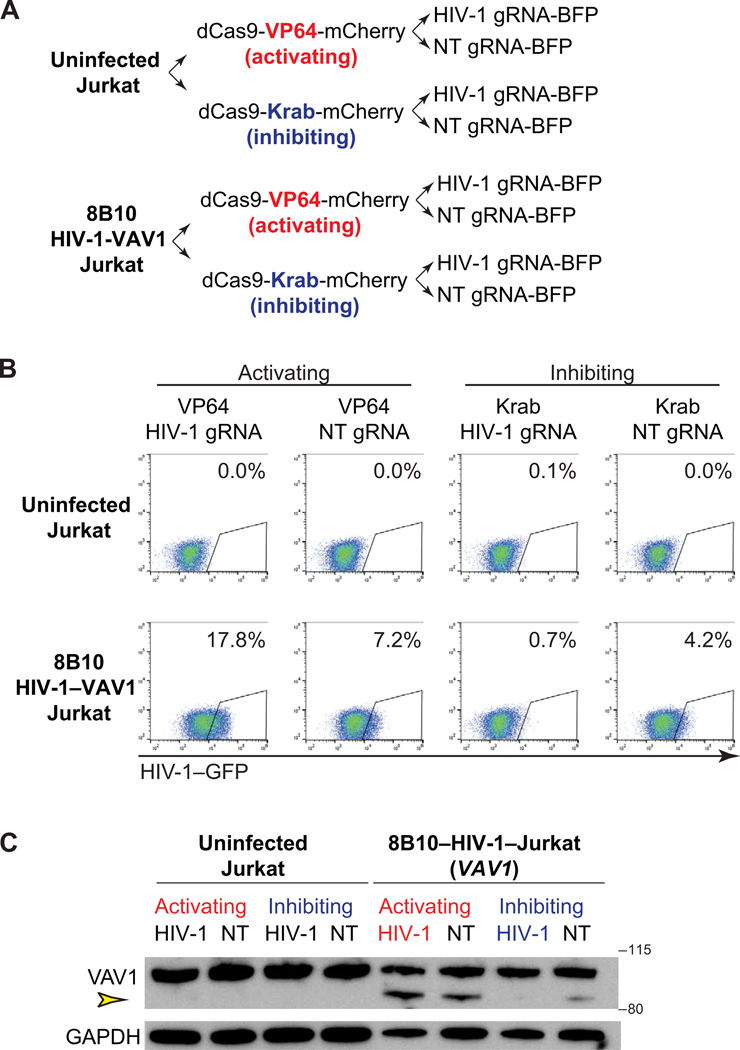Fig. 7. HIV-1–driven aberrant host gene transcription at the integration site can be suppressed by CRISPR-dCas9–mediated HIV-1 LTR inhibition.
(A) CRISPR-dCas9–based HIV-1 LTR-specific activation and inhibition system. Uninfected Jurkat T cells and HIV-1–Jurkat T cell clone 8B10 (in which HIV-1 is integrated into VAV1) were transduced with dCas9-VP64-mCherry or dCas9-Krab-mCherry and isolated by flow cytometric sorting. These CRISPR-ready cells were then transduced with lentiviruses carrying HIV-1–specific guide RNA (gRNA) targeting HIV-1 LTR or non-targeting (NT) gRNA as the negative control. (B) dCas9-VP64–mediated HIV-1 activation and dCas9-Krab–mediated HIV-1 inhibition as measured by flow cytometry. (C) The effect of dCas9-mediated HIV-1 activation and repression on aberrant VAV1 protein expression. Yellow arrowhead denotes HIV-1–driven aberrant and truncated VAV1 protein.

